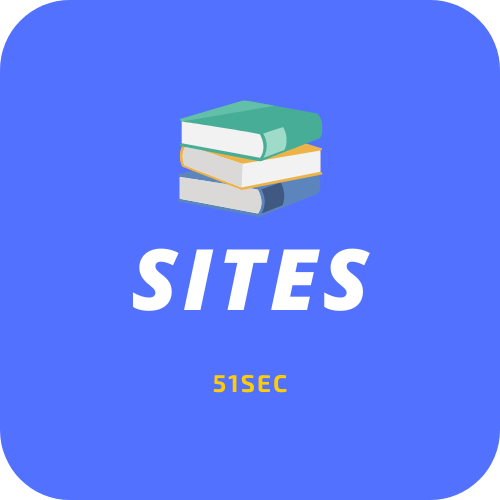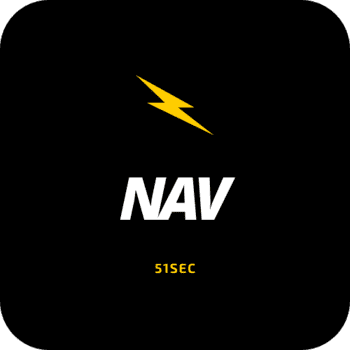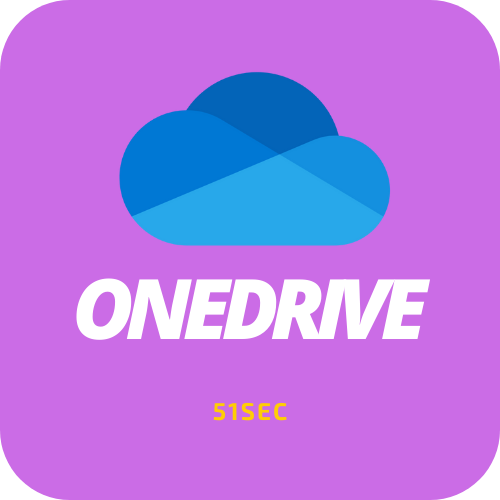With a veritable explosion of data breaches highlighted almost daily across the globe, and the introduction of heavy-handed privacy laws and regulatory frameworks, privacy has taken center stage for both IT and the business.
This leaves leaders questioning what exactly privacy involves and how to make it scalable for their respective organization. As a facet of the business that is traditionally left to the discretion of a legal team or professional(s), this new realm of privacy and data protection is shrouded in incumbent grey area.
But what if privacy is a little more “black and white” than what previous thought frameworks may have dictated? By taking a quantitative vs. qualitative approach to privacy management, business and IT leaders can remove some of the ambiguity around what privacy controls need to be in place and how to balance privacy integration with current business operations.
As the general public begins to take back control over data privacy so too should organizations, by taking a tactical, measurable approach to privacy and the business.
Four Steps to Achieve your Effective Data Privacy Program
Privacy vs. Security
Privacy : Personal Data
A Quiantitative Approach
|
1.
Collect Privacy Requirements |
2.
Conduct a Privacy Gap Analysis |
|
|
Phase
Action Items |
|
|
|
Phase
Outcomes |
• Documented business and IT drivers for the privacy program • High-level understanding of how privacy is perceived in the
organization • Completed Data Privacy Program RACI Chart |
• Data Process Mapping Tool detailing
all business processes that involve personal data • Privacy maturity ranking (Privacy Framework Tool) • Identification of compliance or regulatory privacy gaps |
|
3.
Build the Privacy Roadmap |
4. Implement and Operationalize |
|
|
Phase
Action Items |
|
|
|
Phase
Outcomes |
• Completed Privacy Framework Tool • Completed privacy roadmap, including timeline for initiative implementation, and cost/benefit vs. value/risk assessment |
• Customized set of privacy metrics • Tasks to operationalize privacy metrics • Data Privacy Report document • Performance monitoring scheduled checkpoints |
Privacy Controls with Metrics
- Governance
- Regulatory Compliance
- Data Processing and Handling
- Data Subject Requests
- Privacy by Design
- Notices and Consent
- Incident Response
- Privacy Risk Assessments
- Information Security
- Third-Party Management
- Awareness and Training
- Program Measurement
Privacy Law
California Consumer Privacy Act (CCPA)
The California Consumer Privacy Act (CCPA) is California’s data privacy law that took effect on January 1, 2020.
The CCPA empowers California residents with enforceable rights over the personal information they generate every day online.
GDPR
CCPA vs GDPR vs CPRA
The CPRA is an amendment to the CCPA and is effectively a part of the larger California Consumer Privacy Act. These two regulations are not separate, and should not be handled as such, or ignored in favor of the other. The CPRA grants two more privacy rights to California residents.| Aspect | CCPA | CPRA |
| Consumer Rights | – Right to access personal data- Right to delete dataRight to opt out of the sale of personal data | – Enhanced rights from CCPA-Right to correct inaccurate personal data- Right to limit the use of sensitive personal information (e.g., precise geolocation, race, health data) |
| Business Obligations | – Provide clear notices about data collection and use-Offer opt-out mechanisms- Ensure data security | – Builds on CCPA requirements- Conduct regular risk assessments- Limit data retention periods- Implement more stringent data protection measures |
| Enforcement | California Attorney General | – California Privacy Protection Agency (CPPA)- The Attorney General retains some enforcement authority |
| Operational Dates | Effective January 1, 2020 | – Effective December 16, 2020- Provisions operative January 1, 2023]- Enforcement began July 1, 2023 |
Likewise, while the CCPA and the EU’s General Data Privacy Regulation (GDPR) share many components and have similar purposes, the requirements under each are not the same. Companies must take care to identify their privacy compliance needs and requirements, and then adopt the policies and practices they need to satisfy regulatory obligations. Complying with both the CCPA and GDPR involves more than complying with one or the other.
PIPEDA
PIPEDA Self-Assessment Tool
Tools
- Free: USD 0/month for 1 user, 1 domain, and up to 5,000 visitors/month
- Ketch Free: USD 0















No comments:
Post a Comment